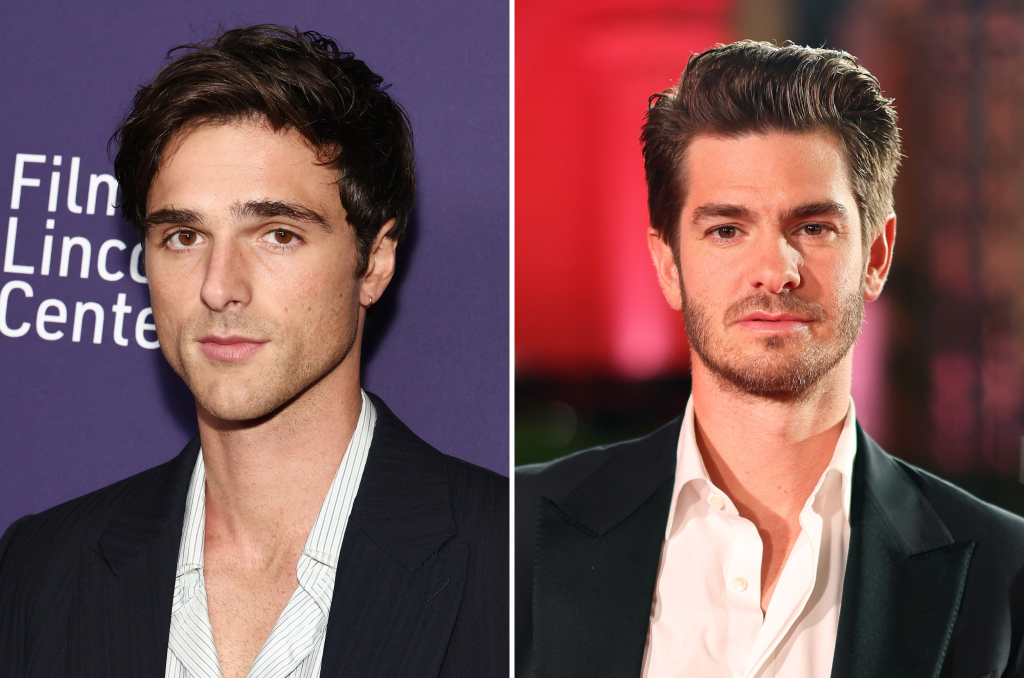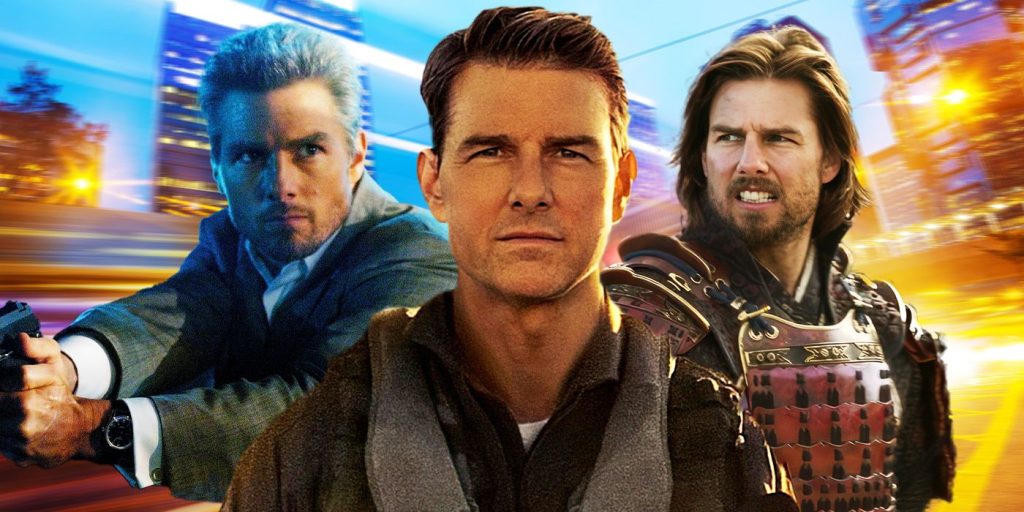In a bold reimagining of one of literature’s most iconic horror figures, Jacob Elordi steps into the massive shoes (and bolts) of Frankenstein’s Monster in Guillermo del Toro’s highly anticipated adaptation of Frankenstein for Netflix, scheduled for release in November 2025. This is not just a casting decision—it’s a career-defining moment, both for Elordi and for horror cinema.
Crafted by Oscar-winning filmmaker Guillermo del Toro, known for The Shape of Water and Pan’s Labyrinth, this version promises to go beyond jump scares and into the emotional tragedy of the Monster himself. Here’s a deep dive into the cast, the story, and why this could be one of the most important horror films of the decade.
Jacob Elordi: From Heartthrob to Horror Icon
Most audiences know Jacob Elordi from his breakout roles in Euphoria and Saltburn, where he delivered a potent mix of charm and menace. But stepping into the role of Frankenstein’s Monster represents an entirely new challenge—both physically and emotionally.
Elordi brings towering physicality (standing 6’5″) and an increasingly versatile range. This role demands both, as the Monster is no longer a mute brute but a being of deep sorrow, longing, and anger. It’s a portrayal requiring empathy, not just makeup.
“This is a character who never asked to be born,” Del Toro explained in a recent interview with IndieWire, “and Jacob understands that pain.”
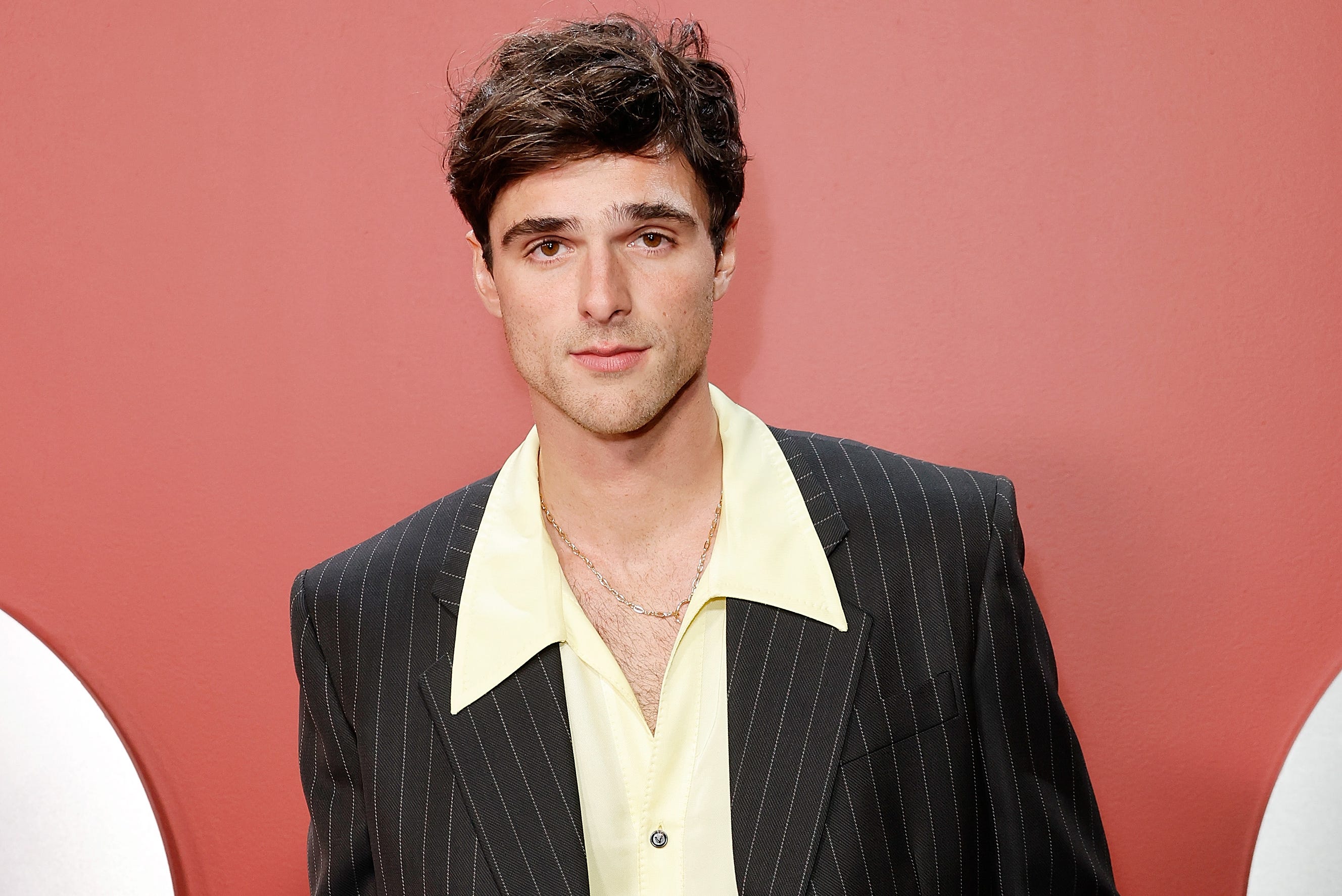
Jacob Elordi in full monster prosthetics for Del Toro’s Frankenstein (Netflix, 2025)
This transformation shows a clear trajectory in Elordi’s career—from teen icon to serious actor willing to take on bold, transformative roles. It also signals Netflix’s commitment to artistic horror, rather than formulaic jump-scare flicks.
Why Elordi Replaced Andrew Garfield
Interestingly, Elordi wasn’t the first actor attached to the project. That honor belonged to Andrew Garfield, who exited the film due to scheduling conflicts caused by the 2023–2024 Hollywood strikes.
While Garfield’s departure disappointed some fans, Elordi’s casting quickly generated buzz. It feels fated—Elordi’s age, frame, and energy offer something arguably more aligned with Del Toro’s vision.
- Garfield was already a household name.
- Elordi is a rising force, still defining his legacy.
- The Frankenstein role may serve as that defining moment.
This switch not only demonstrates the volatile nature of film production in a post-strike world, but also how serendipity can reshape a project’s destiny.
Guillermo del Toro’s Lifelong Dream: Reimagining Frankenstein
Guillermo del Toro has called Frankenstein his “lifelong dream.” Unlike traditional horror adaptations that portray the Monster as a rampaging fiend, Del Toro intends to emphasize the Creature’s humanity and existential suffering.
“I’ve carried Mary Shelley’s book with me since I was a teenager,” Del Toro once said. “It’s about rejection, about the agony of being unloved. I want to honor that.”
This passion is what sets Del Toro’s adaptation apart. We’ve seen many versions of Frankenstein’s Monster—from Boris Karloff’s stiff-limbed icon to Benedict Cumberbatch’s stage performance—but none with the poetic sorrow that Del Toro is capable of delivering.
His filmography is filled with monsters who feel:
- The Amphibian Man in The Shape of Water
- The Faun and the Pale Man in Pan’s Labyrinth
- Even the crimson-tinged ghosts in Crimson Peak
Now, Frankenstein’s Monster joins that tragic pantheon.
The Emotional Tragedy Behind the Monster
What makes Frankenstein timeless isn’t just its horror—it’s the emotional core behind the terror. Shelley’s novel isn’t about a beast; it’s about a creature craving love and meaning in a world that refuses him both.
Del Toro’s version, reportedly set in 19th-century Eastern Europe, will lean into this tragic mythology. Elordi’s Monster, believed dead for 40 years, is discovered by Dr. Pretorious (played by Christoph Waltz), who seeks to continue the twisted work of Victor Frankenstein.
This version may evoke comparisons to Blade Runner and Edward Scissorhands—films where being “created” is a curse, not a miracle.
Expect a Monster who:
- Reads, thinks, and questions his existence
- Is hunted not because he’s evil, but because he exists
- Ultimately reflects us, more than the humans around him
Star-Studded Cast and Characters
This is not a one-man show. Guillermo del Toro has assembled a top-tier ensemble cast that reads like a who’s who of modern cinema.
Key Cast:
- Oscar Isaac as Victor Frankenstein
- Mia Goth as Elizabeth Lavenza
- Christoph Waltz as Dr. Pretorious
- Jacob Elordi as The Monster
- Supporting roles by Felix Kammerer, David Bradley, Charles Dance, and Ralph Ineson
Each actor brings gravitas and depth. Oscar Isaac is known for complex, morally conflicted characters (Ex Machina, Scenes from a Marriage), making him ideal for Victor Frankenstein—a man both visionary and villain.
Mia Goth continues her streak in horror and period pieces (Pearl, Emma), promising a layered performance as Elizabeth. Meanwhile, Waltz’s Dr. Pretorious will likely echo his best villain roles: charismatic, terrifying, and manipulative.
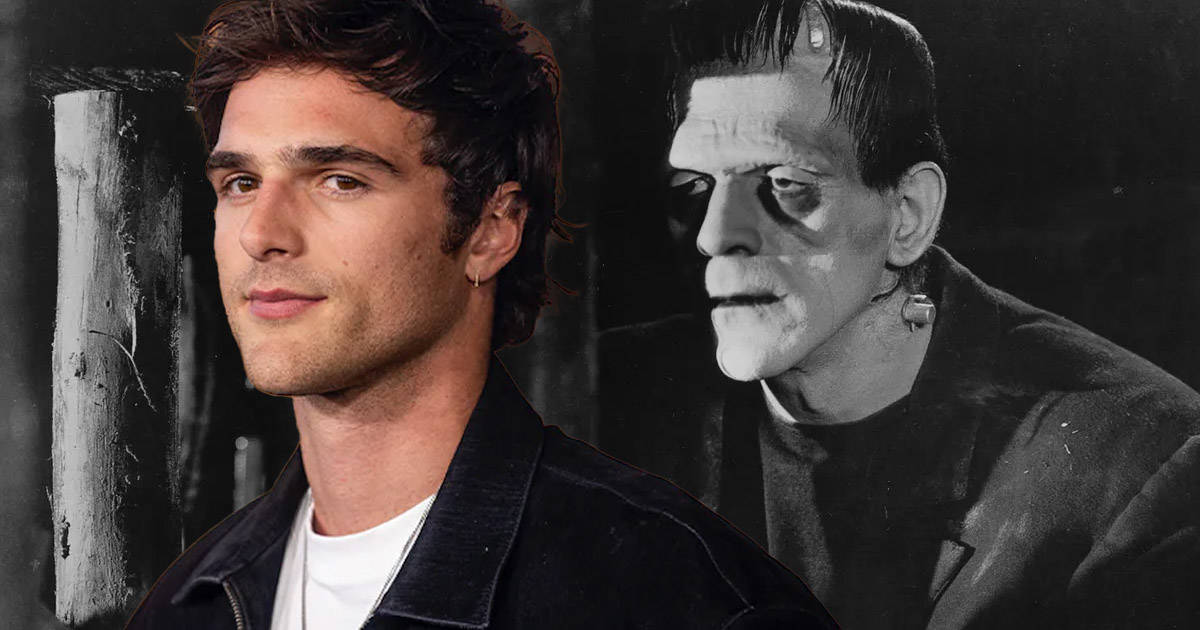
Jacob Elordi and co-stars on set, behind the scenes of Frankenstein
This casting isn’t just for show—it’s designed to elevate a gothic tale into an Oscar contender.
First Look at Jacob Elordi as the Creature
In early 2025, Netflix unveiled the first official image of Elordi in full Monster makeup—and the reaction was electric. Gone are the bolts and green skin. This Monster is gaunt, mournful, and oddly beautiful.
The makeup blends prosthetics and subtle CGI, creating a creature who looks part human, part ghost of a man. It evokes tragedy, not terror. Think less Universal Horror, more Del Toro Gothic.
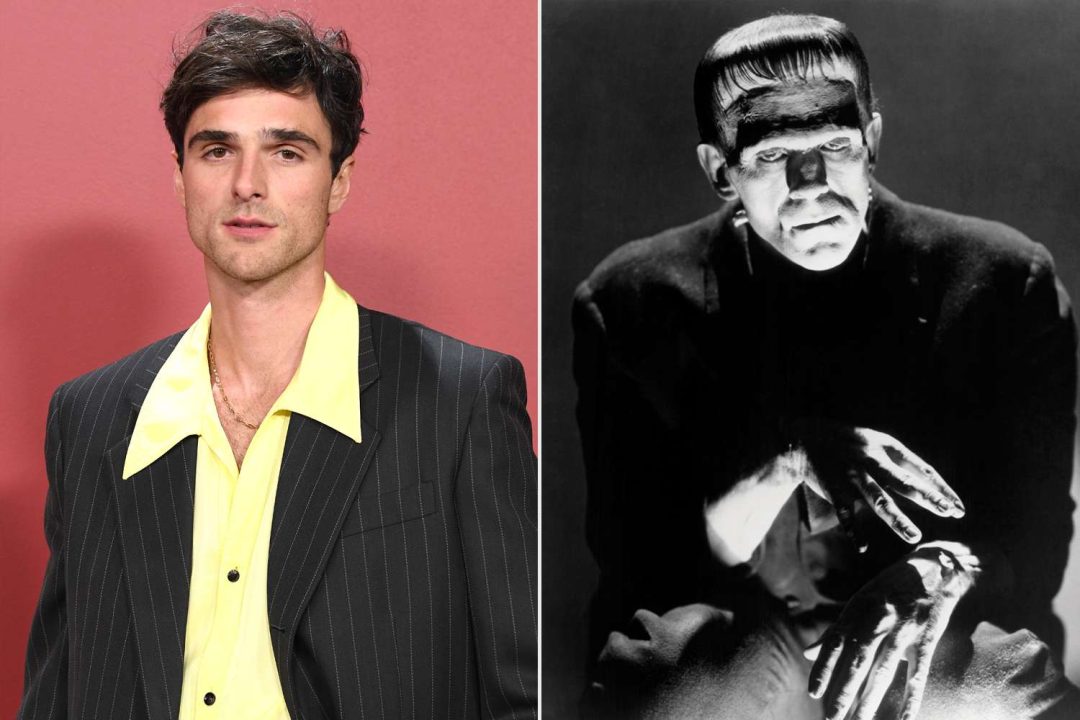
A raw, emotional reimagining of the Creature (Netflix First Look, 2025)
Would you like me to continue with the second half of the article, covering the premise, release date, industry impact, and why this could be a defining moment for both Elordi and Del Toro?
The Premise: A Gothic Tale Reawakened
Set in 19th-century Eastern Europe, Guillermo del Toro’s Frankenstein deviates from many past interpretations by focusing not on the Monster’s creation, but on what happens after. The story picks up 40 years after the Monster was believed to have perished, as he is rediscovered by Dr. Pretorious—a man obsessed with reviving Victor Frankenstein’s experiments.
Unlike traditional adaptations that retell Shelley’s plot, this version ventures into uncharted territory, exploring themes of abandonment, immortality, and the legacy of man playing god. It’s as much a psychological study as it is a gothic horror film.
“The greatest monsters are often the ones that live inside us,” del Toro once said, setting the tone for a deeply introspective and haunting experience.
This take gives the story emotional maturity, making it more than just another horror remake. It’s a continuation, a resurrection not only of a character but of unresolved trauma, science without conscience, and humanity without love.
Release Date and What to Expect
Frankenstein (2025) is scheduled for global release on Netflix in November 2025, positioning it perfectly for awards season and Halloween-horror buzz. The film wrapped production in September 2024, and post-production is now in full swing with del Toro overseeing every detail.
Netflix has high hopes for this release, which could follow the footsteps of The Shape of Water and become a prestige horror event. Teasers and featurettes are expected by mid-2025.
Netflix’s strategy around Frankenstein aligns with its broader trend of producing auteur-led prestige cinema. If you’ve been following Netflix’s rise in genre content, especially its recent hits like The Pale Blue Eye or The Midnight Club, you’ll recognize the platform’s shift toward elevated horror with emotional depth.
Why November 2025 Could Be a Milestone for Netflix Horror
Netflix is no stranger to horror. However, Frankenstein represents something more: a genre-defining cultural event crafted by a beloved filmmaker, with a rising star in a breakout role.
Here’s why it matters:
- Del Toro’s vision ensures the film blends artistry and accessibility.
- Jacob Elordi’s performance could shift mainstream perception of him from teen idol to award-caliber actor.
- High production values combined with literary legacy make it a likely awards contender.
Plus, releasing near Halloween while still eligible for Oscar contention in 2025 creates optimal visibility for both horror fans and film critics alike.
Why This Role Could Define Jacob Elordi’s Career
Up until now, Jacob Elordi has been circling around the edges of “serious actor” status. His roles in Euphoria and Saltburn showcased his range, but nothing on the scale of Frankenstein—a physically and emotionally demanding role that requires him to embody centuries of pain in silence and sorrow.
This role challenges him to act under layers of prosthetics, carry the emotional weight of rejection, and portray the soul of a man who never asked to exist.
“Jacob is not just acting,” Del Toro said in a Netflix behind-the-scenes special. “He’s becoming. It’s one of the most transformational performances I’ve ever directed.”
If Elordi delivers, this film could catapult him into the realm of actors like Timothée Chalamet or Adam Driver, both of whom have used genre films to build critical and popular acclaim.
Industry Buzz and Anticipation
There’s already significant buzz from industry insiders, film critics, and horror forums. Early footage shown to select Netflix partners has drawn comparisons to:
- The Elephant Man
- The Shape of Water
- Bram Stoker’s Dracula (1992)
What fans are saying:
“This might be the most haunting version of the Monster we’ve ever seen.”
— Reddit user on r/TrueFilm“Elordi’s face… I couldn’t stop looking. He’s terrifying and heartbreaking at once.”
— Twitter user @FilmJunkieGreg
How Frankenstein Reflects Del Toro’s Signature Style
Guillermo del Toro doesn’t just direct horror—he crafts emotional fairy tales for adults. His monsters are metaphors, his shadows are memories, and his creatures—however grotesque—often embody more humanity than the people who created them.
You’ll recognize Del Toro’s fingerprints all over Frankenstein:
- Deep blues, decaying reds, and high-contrast shadows
- Period-authentic costume and set design
- Spiritual, almost religious framing of man vs. nature
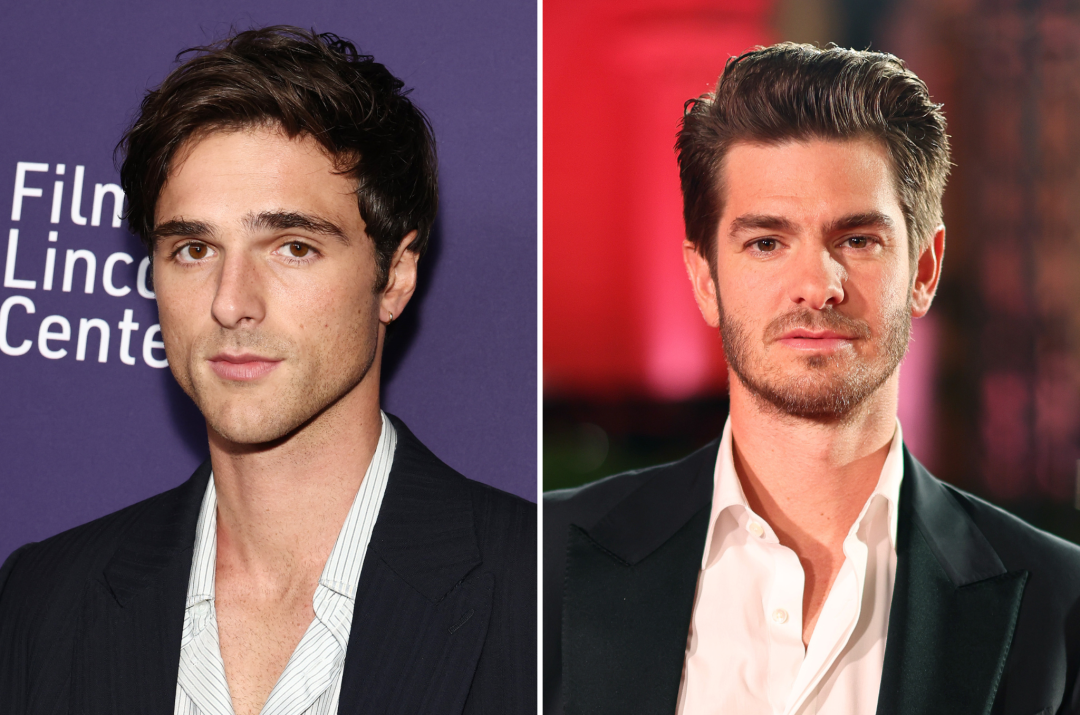
Del Toro’s haunting gothic aesthetic infuses every frame
If you’ve seen Pan’s Labyrinth or Crimson Peak, you’ll understand that this isn’t just horror—it’s visual poetry with teeth.
Final Thoughts: A Monster Role with a Beating Heart
Del Toro’s Frankenstein may be about a monster, but it’s also about us—our fear of the unknown, our cruelty toward the different, and our endless search for meaning. It’s a film that asks: What happens when the creation becomes more human than the creator?
With Jacob Elordi giving what could be the performance of his career, and Guillermo del Toro realizing his ultimate passion project, this is a cinematic event worth waiting for.
For fans of horror, literary adaptations, and profound storytelling, Frankenstein (2025) could be the next great gothic milestone in cinema.
📌 Related Articles You’ll Enjoy:
- 10 Best Performances by Jacob Elordi So Far
- A Complete Guide to Guillermo del Toro’s Monster Universe
- From Shelley to Screen: The Evolution of Frankenstein in Cinema
- Why Elevated Horror Is Dominating Netflix in 2025
❓ Frequently Asked Questions (FAQs)
When is Jacob Elordi’s Frankenstein movie coming out?
November 2025, exclusively on Netflix. The release is expected to coincide with the fall awards season.
Who is directing the new Frankenstein film?
Oscar-winning director Guillermo del Toro, known for The Shape of Water and Pan’s Labyrinth.
Is this a remake of Mary Shelley’s original novel?
Not exactly. It is a reinterpretation set decades after the original events, expanding on the themes of rejection, humanity, and legacy.
Why did Andrew Garfield leave the project?
He exited due to scheduling conflicts related to industry strikes. Jacob Elordi was cast as his replacement.
Will this Frankenstein be scary?
Expect more emotional horror than jump scares. The film aims to move you, not just scare you.
Would you like a downloadable PDF version or a formatted HTML export for web publishing?

